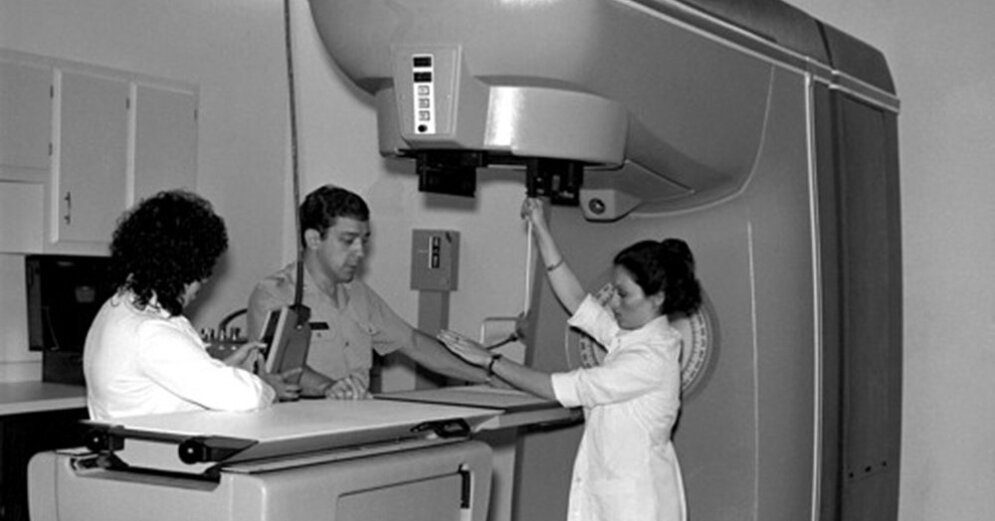Four deaths and two lifelong disabilities, that’s the toll of poorly conceived product design, negligent self-reliance, and a software bug in what is called one of the most significant incidents of its kind in medical history. The machine that was supposed to give cancer patients hope of recovery and a cancer-free life was killed instead. The Therac-25 incidents of 1985-1987 are sometimes used as a warning today. This did not put an end to the mistakes: even in the 21st century, in radiotherapy, from time to time a patient was receiving an erroneously large dose.
Like a slow flying bullet
“You burned me!” Katie Yarborough called when the tech returned to the room. The 61-year-old woman had come for her twelfth radiotherapy session after recently successfully operated on breast cancer. In what should be a painless procedure, Yarborough ended up disabled for the rest of her life. Later it turned out that instead of the programmed dose of two grays (unit of measurement of absorbed radiation), the woman received a dose of 100 to 200 grays.
Yarborough doctor Tim Steele did his duty and did not “cancel” the patient’s complaint, but on the same day he contacted the manufacturer – the Canadian company AECL – and asked them to check if there was a possible failure of the patient. equipment that would have led to a dangerous dose of radiation. Three days later, Steele received an answer that was not possible.
However, Yarborough’s state of health showed the opposite: two weeks later, an examination showed that there was a red spot about the diameter of a 10-cent coin at the site of the irradiation and a larger blush on the other side. of the back. Oncologist Stil assessed: It looks like tissue damage left behind by a powerful electron beam.

:strip_icc():format(jpeg)/kly-media-production/medias/2745982/original/061617400_1552021195-HL.jpg)
